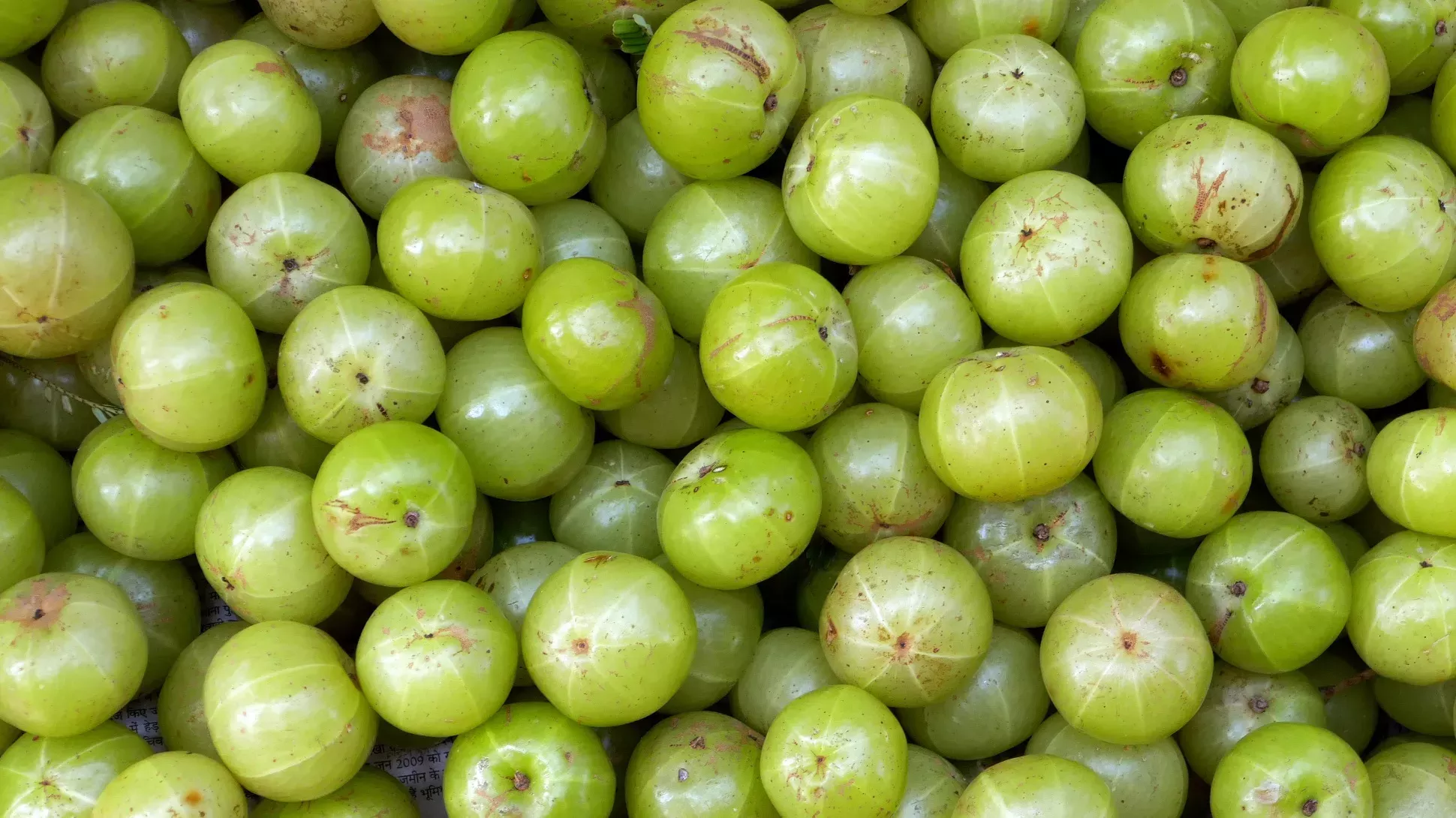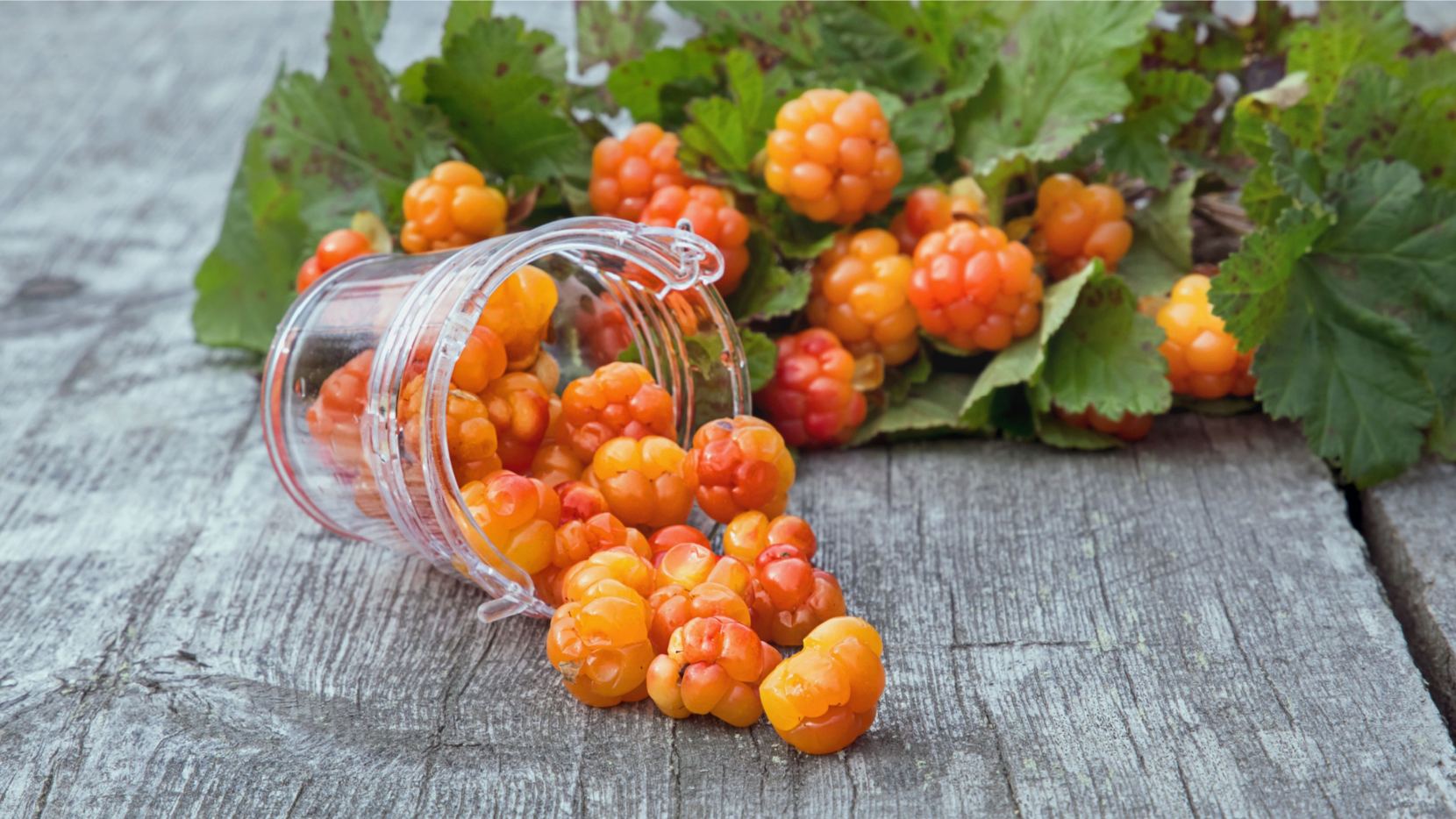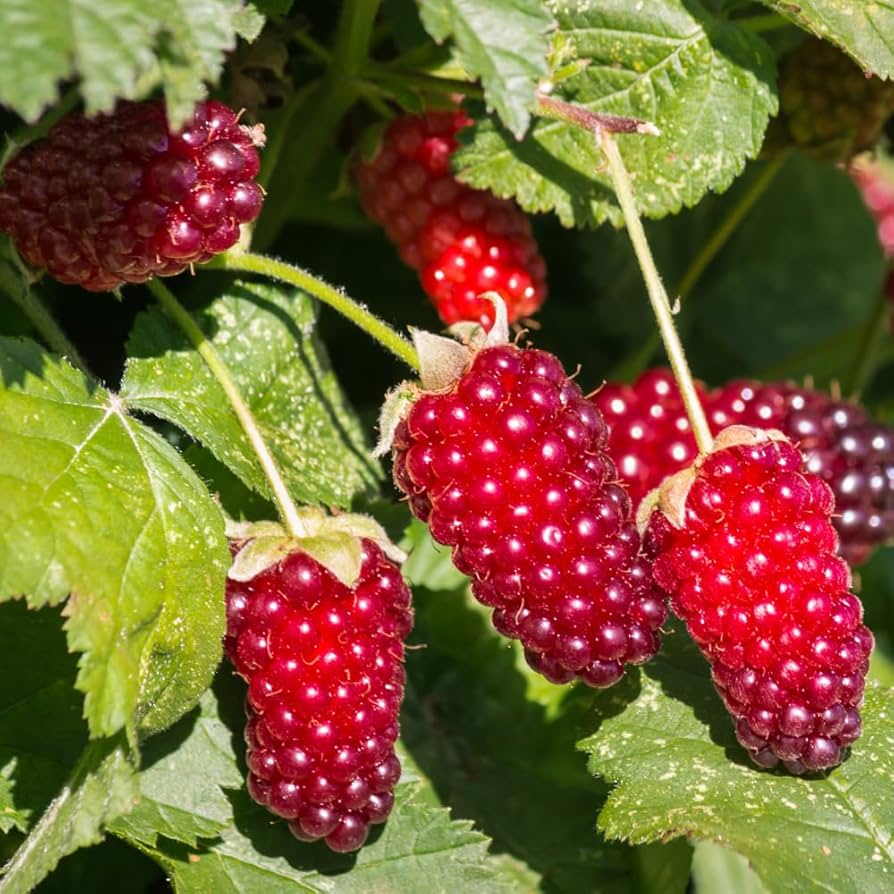Gooseberry (Ribes uva-crispa): Fruit Characteristics, Varietal Traits, Nutrition, and Distribution
The gooseberry (Ribes uva-crispa) belongs to the Grossulariaceae family within the Ribes genus—closely related to currants. This thorny shrub is renowned for the distinctive taste and unique appearance of its fruit. In certain areas, it is also known as “thornberry” or “hairy berry.”
Fruit Characteristics
The gooseberry produces round or oval berries measuring about 1-2 cm in diameter—slightly larger than currants. A notable feature of these berries is their skin, which often has fuzz or hard spines (depending on the variety), hence their alternative names. When ripe, they come in various colors including green, red, purple, yellow, or even white. The juicy flesh offers a sweet-tart flavor that varies in tartness based on ripeness and variety. Inside the fruit are numerous small seeds.
Varietal Traits
This deciduous shrub typically features thorns on its branches. Gooseberries are quite hardy against cold weather but thrive best in cool, moist climates with fertile, well-drained soils. The fruits usually ripen during summer with varying yields per variety. Different cultivated varieties exist based on attributes like the color of the fruit’s skin, size, taste, and thorniness level. Some yield larger, sweeter berries ideal for fresh eating, while others excel in jam-making or baking.
Nutritional Value and Potential Benefits
Gooseberries pack a nutritional punch. They are rich in Vitamin C, dietary fiber, Vitamin A, plus several minerals such as potassium and manganese, among others. Additionally, these vividly colored berries contain antioxidants like flavonoids and anthocyanins (especially prominent within red or purple types). Eating gooseberries can help digestion, bolster immunity, and might even possess anti-inflammatory properties.

Distribution and Cultivation
Native across Europe and Western Asia, gooseberries are particularly cherished within Britain, where they boast an extensive cultivation history featuring numerous varieties. Preferring cooler climates, they are also grown throughout North America. Typically propagated by cuttings, these plants benefit greatly from regular pruning, ensuring healthy yields year after year. With their unique taste profile coupled with versatile culinary applications, it is no wonder why this berry continues to be beloved by gardeners worldwide.



